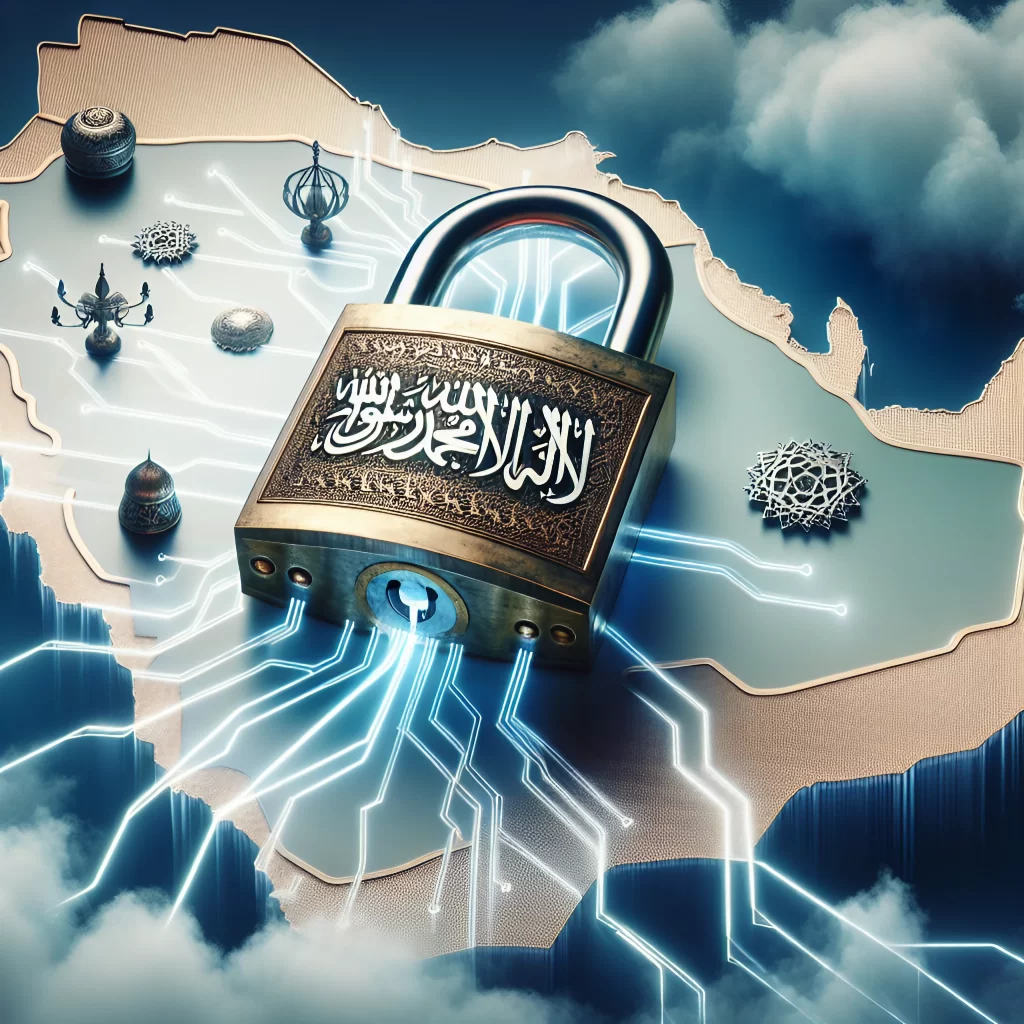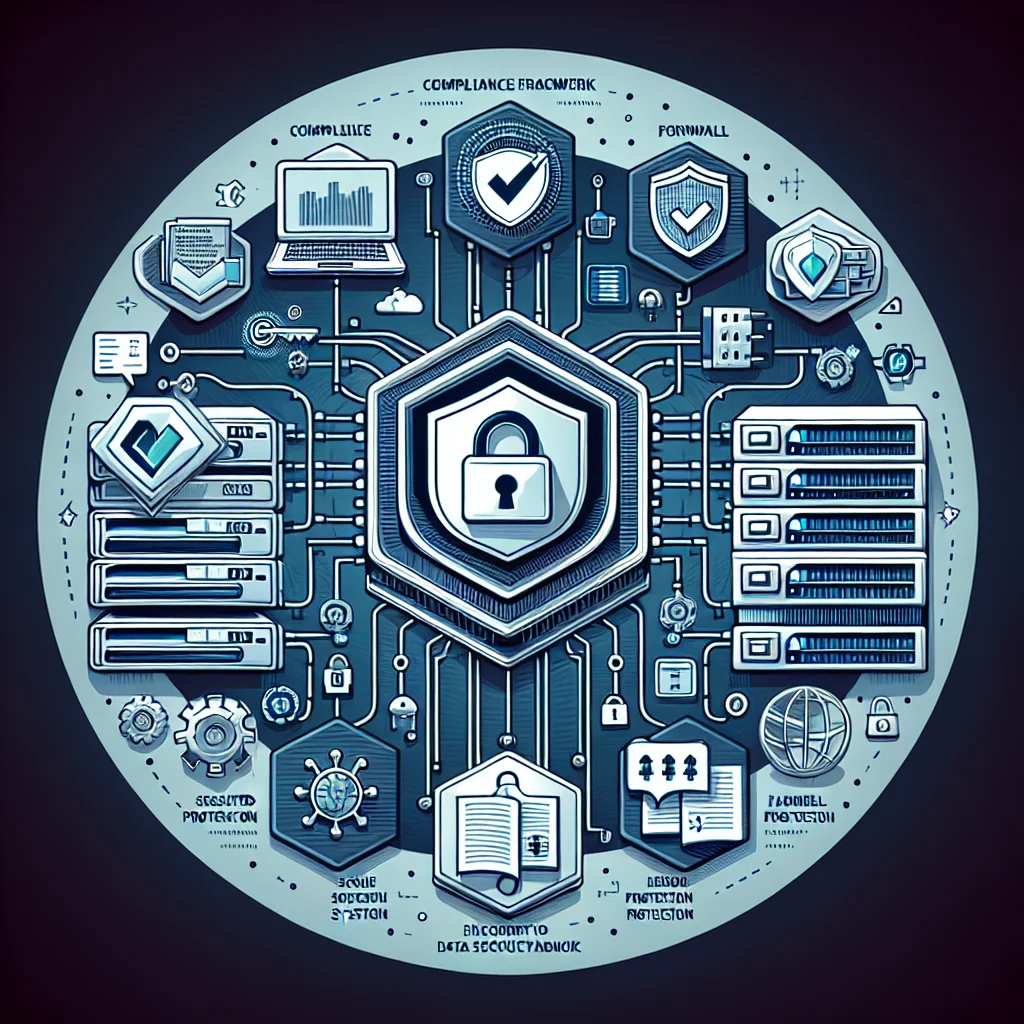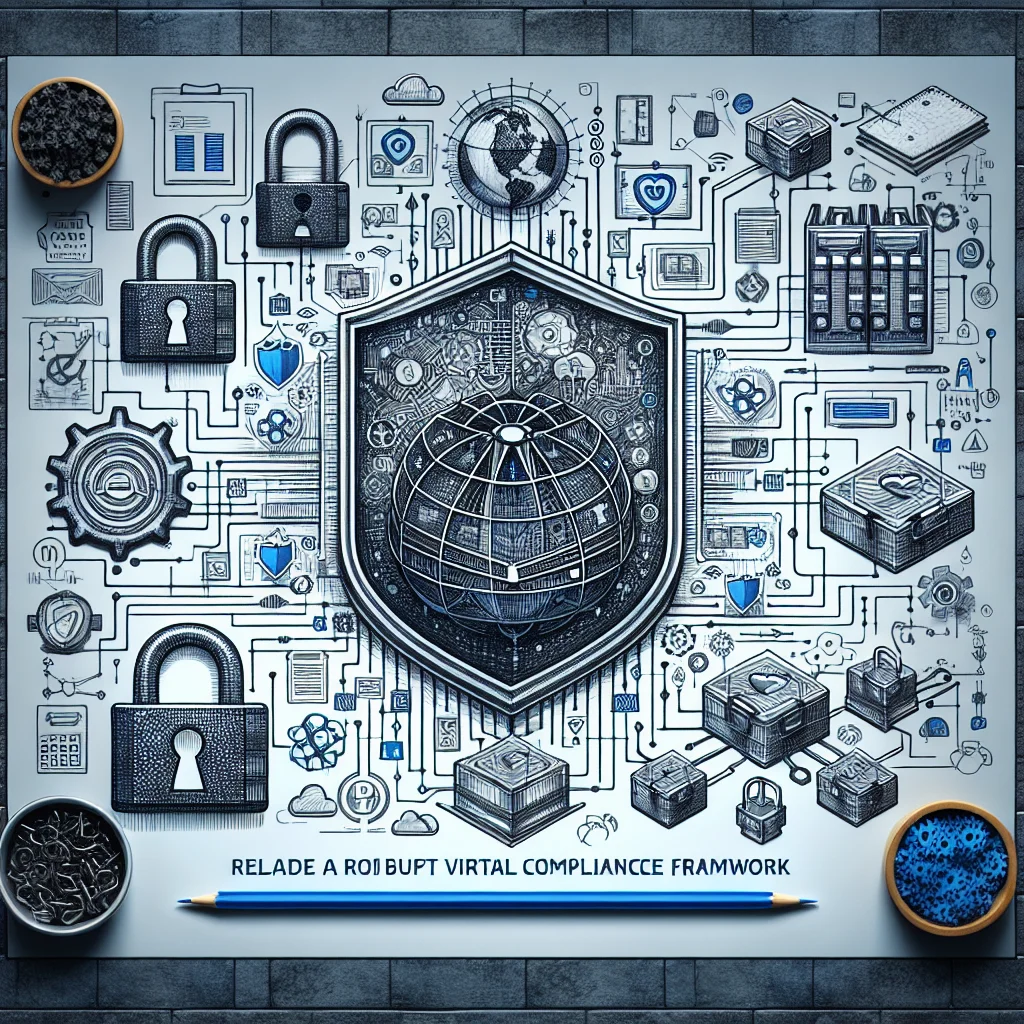The National Cybersecurity Authority (NCA) of Saudi Arabia has laid down the Cybersecurity Controls and Information Security Standards for Critical National Infrastructure (NCA CNI). This framework is crucial for organizations operating in sectors deemed vital to national security and economic stability. For Chief Information Security Officers (CISOs) and IT professionals in the Middle East, adhering to the NCA CNI framework is not just about compliance—it’s about safeguarding your organization’s integrity and reputation.
What is NCA CNI?
NCA CNI stands for the National Cybersecurity Authority Cybersecurity Controls and Information Security Standards for Critical National Infrastructure. It is a set of guidelines and controls designed to protect the cyber infrastructure of Saudi Arabia’s critical sectors, such as energy, finance, healthcare, and telecommunications.
Who Needs to Comply with NCA CNI?
The NCA CNI framework is mandatory for all organizations that are classified as part of the country’s critical national infrastructure. These organizations include but are not limited to sectors like:
- Energy
- Finance
- Healthcare
- Telecommunications
- Water Supply
Frequently Asked Questions by CISOs
What is the primary objective of NCA CNI?
The primary objective of NCA CNI is to enhance the cybersecurity posture of critical national infrastructure sectors in Saudi Arabia, ensuring they are resilient against cyber threats and attacks.
How does NCA CNI impact my organization?
NCA CNI requires organizations to implement a comprehensive set of cybersecurity controls, conduct regular risk assessments, and report their compliance status periodically.
Are there specific deadlines for NCA CNI compliance?
Yes, organizations must adhere to the deadlines set by the NCA for implementing various controls and reporting their compliance status.
What are the penalties for non-compliance?
Penalties for non-compliance can include monetary fines, legal actions, and reputational damage that can severely impact your organization’s operations.
How do I start the compliance process?
Start by conducting a gap analysis to identify areas where your current cybersecurity measures fall short of NCA CNI requirements. Use this analysis to create a roadmap for achieving full compliance.
Can existing ISO 27001 certifications help in NCA CNI compliance?
Yes, many controls in NCA CNI align with ISO 27001 standards. However, additional measures specific to the Middle East region and its critical infrastructure may be required.
What are the key components of NCA CNI?
- Governance
- Risk Management
- Physical Security
- Network Security
- Incident Management
- Business Continuity
How often should we update our cybersecurity policies?
Cybersecurity policies should be reviewed and updated at least annually or whenever significant changes occur in the threat landscape or organizational structure.
What types of cybersecurity training are required?
Training should cover general cybersecurity awareness for all employees and specialized training for IT staff, including incident response and threat management.
Is third-party risk management included in NCA CNI?
Yes, organizations must assess and manage the cybersecurity risks associated with third-party vendors and partners.
How do we perform a risk assessment?
Use a standardized risk assessment methodology to identify, evaluate, and prioritize risks. Document the findings and develop a mitigation plan.
What types of incident response plans are needed?
Incident response plans should include procedures for detecting, responding to, and recovering from cyber incidents. Regular drills and updates are essential.
Are there specific technologies recommended for compliance?
While the NCA does not mandate specific technologies, solutions like firewalls, intrusion detection systems, and encryption tools are highly recommended.
How do we report compliance to the NCA?
Organizations must submit regular compliance reports to the NCA, detailing their adherence to the framework’s controls and any incidents or breaches.
What role does leadership play in NCA CNI compliance?
Leadership commitment is crucial. Senior management must allocate resources, support initiatives, and ensure a culture of cybersecurity throughout the organization.
How do we handle data privacy under NCA CNI?
Implement strong data protection measures, including encryption, access controls, and regular audits, to ensure data privacy and compliance with NCA CNI.
Is there a focus on physical security?
Yes, physical security controls are a key component of NCA CNI. Protecting physical access points to critical systems is essential.
How do we ensure business continuity?
Develop and test business continuity plans that address potential disruptions, ensuring that critical operations can continue during and after an incident.
What are the common pitfalls in achieving compliance?
Common pitfalls include inadequate risk assessments, lack of employee training, insufficient incident response planning, and failure to update policies regularly.
How can automation help in NCA CNI compliance?
Automating compliance tasks, such as risk assessments, policy updates, and incident reporting, can save time and reduce the risk of human error.
What are the reporting requirements for NCA CNI?
Organizations must provide detailed reports on their compliance status, cybersecurity incidents, and the effectiveness of implemented controls to the NCA at specified intervals.
How do we assess third-party vendor compliance?
Implement a rigorous vendor assessment process that includes evaluating their cybersecurity practices, reviews of their compliance status, and ongoing monitoring of their risk exposure.
What steps should we take if a cybersecurity incident occurs?
Immediately activate your incident response plan, contain the breach, assess the impact, notify relevant stakeholders, and conduct a post-incident review to improve future responses.
Can small businesses adhere to NCA CNI requirements?
Yes, small businesses can comply with NCA CNI by tailoring their cybersecurity strategies to align with the framework while considering their resource constraints.
Are there resources available to help with compliance?
The NCA provides guidance documents, workshops, and training resources to assist organizations in understanding and implementing NCA CNI requirements.
What documentation is required for NCA CNI compliance?
Organizations must maintain comprehensive documentation of their cybersecurity policies, risk assessments, incident response plans, and training records to demonstrate compliance with NCA CNI requirements.
How can we ensure employee engagement in cybersecurity initiatives?
Foster a culture of cybersecurity by providing regular training, involving employees in policy development, and creating channels for feedback and reporting suspicious activities.
Is it necessary to conduct external audits for compliance?
While not mandatory, conducting external audits can provide an objective assessment of your compliance status, help identify gaps, and enhance your organization’s overall security posture.
What measures should we take to protect sensitive data?
Implement data classification, strong access controls, encryption, and regular backups to protect sensitive information from unauthorized access and potential breaches.
How can we stay informed about upcoming changes in NCA CNI regulations?
Regularly consult NCA announcements, subscribe to cybersecurity newsletters, and participate in industry forums to remain updated on any changes or new requirements related to NCA CNI.
More Frequently Asked Questions
How often should we conduct cybersecurity training for employees?
Cybersecurity training should be conducted at least annually, with additional refresher sessions and updates provided in response to emerging threats or new policies.
What are the key components of a robust cybersecurity policy?
A strong cybersecurity policy should include guidelines for data protection, incident response, employee responsibilities, access control, and compliance with relevant regulations.
How do we assess the effectiveness of our cybersecurity measures?
Regularly review and test your cybersecurity measures through simulations, audits, and assessments to identify weaknesses and improve your overall security posture.
What should we do if an employee reports a cybersecurity issue?
Promptly investigate the report, implement necessary containment measures, and provide feedback to the employee to reinforce their role in maintaining cybersecurity awareness.
How does NCA CNI integrate with other regulatory frameworks?
Compliance with NCA CNI may complement other frameworks, such as GDPR or ISO standards, but organizations should ensure that they meet the specific requirements of each framework individually.
Common Controls Between Frameworks
Many controls within NCA CNI align closely with other international standards, such as ISO 27001 and PCI DSS. Understanding these commonalities can simplify the compliance process and create efficiencies.
ISO 27001
- A.5.1.1 – Policies for information security
- A.6.1.2 – Segregation of duties
- A.13.1.1 – Network controls
PCI DSS
- Requirement 1 – Install and maintain a firewall configuration to protect cardholder data.
- Requirement 3 – Protect stored cardholder data.
- Requirement 8 – Identify and authenticate access to system components.
NIST Cybersecurity Framework
- ID.GV-1 – Organizational cybersecurity policies are established and communicated.
- PR.AC-1 – Identities and credentials are managed for authorized devices and users.
- DE.CM-7 – Monitoring for unauthorized personnel, connections, devices, and software is established.
CIS Controls
- Control 1 – Inventory of authorized and unauthorized devices is maintained.
- Control 2 – Inventory of authorized and unauthorized software is maintained.
- Control 17 – Incident response and management processes are established and maintained.
By leveraging these commonalities, organizations can better integrate their compliance strategies, ensuring a comprehensive approach to cybersecurity that meets multiple regulatory requirements simultaneously.
Middle East Specific Considerations
When implementing NCA CNI controls in the Middle East, consider the following regional factors:
- Regulatory Environment: Understand local laws and regulations that may impact cybersecurity practices.
- Cultural Sensitivity: Ensure that training and awareness programs are culturally appropriate and effective.
- Geopolitical Risks: Stay informed about regional geopolitical tensions that could affect cyber threats and vulnerabilities.
If you’re a CISO or IT professional looking to streamline your compliance efforts and enhance your organization’s cybersecurity posture, consider partnering with an automated compliance platform such as ComplyHawk, which is a specialist in this framework and region.
By leveraging the expertise and technology of an automated compliance platform, you can ensure that your organization remains compliant, secure, and resilient against the evolving cyber threat landscape.
Conclusion
NCA CNI compliance is a critical requirement for organizations operating within Saudi Arabia’s critical national infrastructure sectors. By understanding the framework, addressing frequently asked questions, and leveraging common controls across multiple standards, CISOs and IT professionals can effectively manage their compliance efforts.
Remember, achieving and maintaining NCA CNI compliance is not just a regulatory obligation—it’s a strategic advantage that enhances your organization’s cybersecurity posture and resilience. For those looking to streamline this complex process, an automated compliance platform like ComplyHawk can be an invaluable partner.



